Cranberries — those tiny, tart, ruby-red berries — have steadily gained recognition worldwide for their unique flavor, vibrant color, and impressive health benefits. From holiday feasts to wellness supplements, cranberries are now a staple in many homes across continents. But have you ever wondered where the world gets most of its cranberries? Who grows them, how are they harvested, and which countries dominate the global cranberry market?
In this in-depth article, we’ll explore the fascinating journey of cranberries from bog to bowl, uncovering which countries produce the most, how the global cranberry trade works, and where your favorite cranberry products likely come from.
What Are Cranberries?
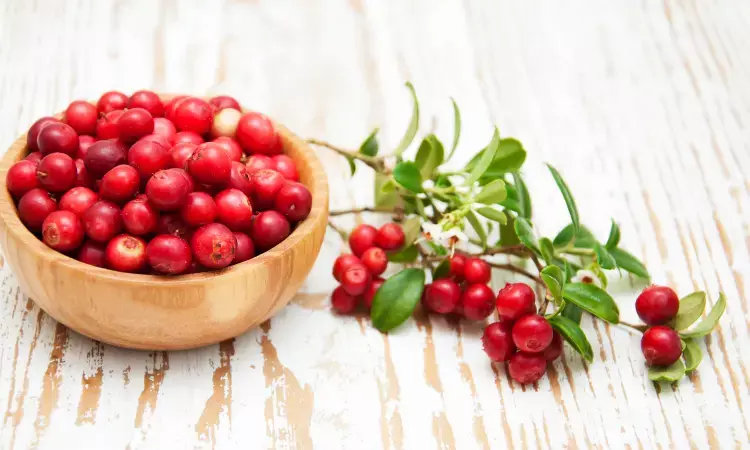
Cranberries are small, round, bright red berries that grow on low-lying vines in acidic, peat-rich bogs and marshes. Scientifically classified as Vaccinium macrocarpon, these berries are native to North America. Known for their sharp, tart taste, cranberries have a long history of use among Native American tribes for food, medicine, and dye.
Today, cranberries are enjoyed fresh, dried, juiced, or incorporated into sauces, baked goods, and nutritional supplements. Their health benefits — particularly their high antioxidant, vitamin C, and proanthocyanidin content — have made them a sought-after superfruit around the world.
The Rising Global Demand for Cranberries
Over the past few decades, cranberries have transitioned from a regional specialty to a globally traded commodity. Increased health awareness, culinary experimentation, and the growing trend of antioxidant-rich diets have boosted the demand for cranberries in Europe, Asia, and the Middle East.
Popular cranberry products include:
- Cranberry juice
- Dried cranberries
- Fresh cranberries (seasonally)
- Cranberry sauces and preserves
- Cranberry extracts and supplements
This demand has led to a robust international trade, with a few countries dominating global cranberry production and exports.
Where Does the World Get Most of Its Cranberries?
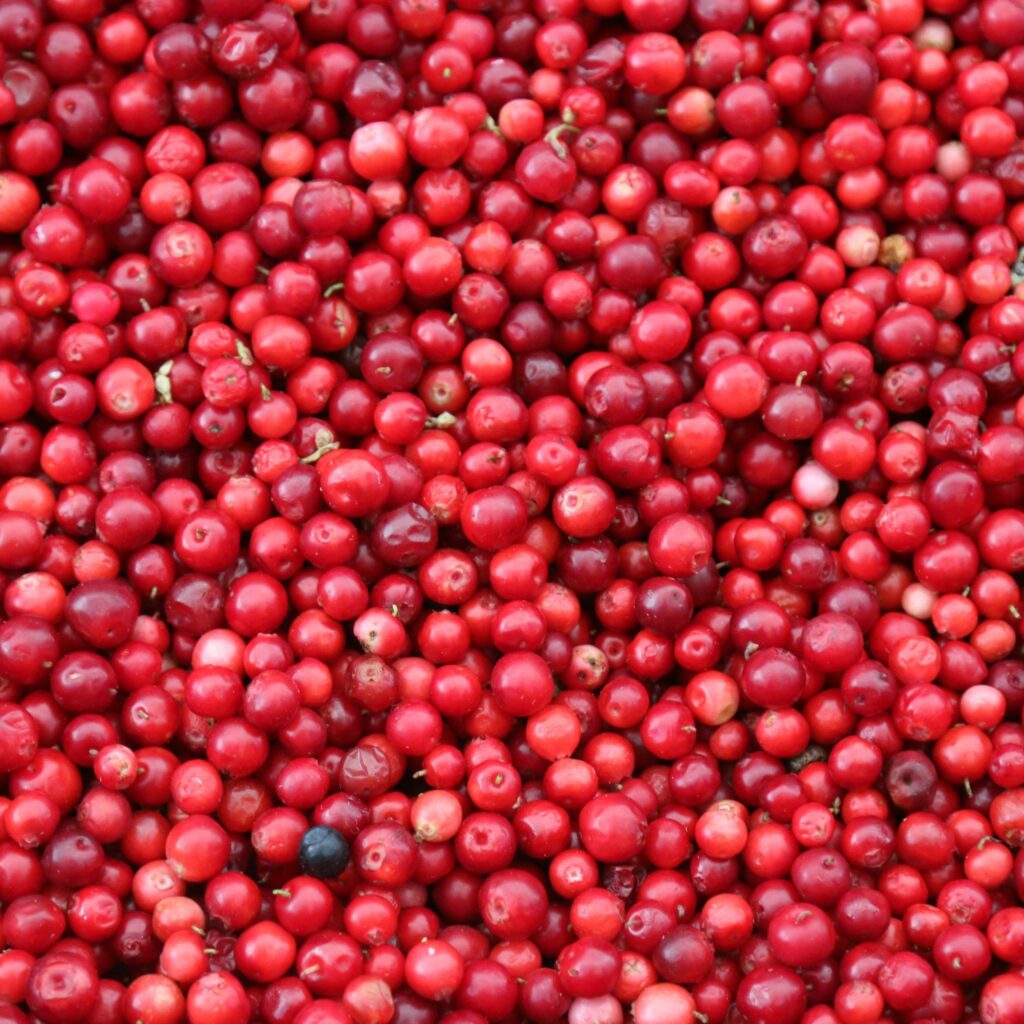
Let’s dive into the leading cranberry-producing nations and how they contribute to the international market:
United States — The World’s Cranberry Capital
The United States is the undisputed leader in global cranberry production. According to data from the United States Department of Agriculture (USDA) and Food and Agriculture Organization (FAO), the U.S. produces over 375,000 metric tons of cranberries annually, accounting for about 58–60% of the world’s total cranberry harvest.
Where Are They Grown?
Cranberries thrive in cool, temperate regions with sandy, acidic soil and plenty of water. The top cranberry-producing states in the U.S. include:
- Wisconsin (producing over 60% of the U.S. crop)
- Massachusetts
- New Jersey
- Oregon
- Washington
Wisconsin alone is recognized as the “Cranberry Capital of the World.” Its sprawling bogs and marshes make it a hub for cranberry cultivation and processing.
Where Does the U.S. Export Cranberries?
American cranberries are widely exported to:
- Europe (Germany, UK, Netherlands, France)
- Canada
- China
- Japan
- South Korea
- Middle East
Both fresh cranberries (during the fall harvest season) and processed products (dried cranberries, cranberry juice, sauces, and concentrates) are popular exports.
Canada — The Northern Powerhouse
Canada ranks as the second-largest cranberry producer globally, contributing approximately 175,000 metric tons annually. Most of Canada’s cranberries come from:
- British Columbia (around 80% of production)
- Quebec
- Nova Scotia
Canadian cranberries are known for their high quality and are widely exported to the United States, Europe, and Asia.
Export Markets:
- United States
- European Union
- China
- Japan
- South Korea
Like its southern neighbor, Canada’s cranberry industry caters to both the fresh market and processed cranberry products.
Chile — The Southern Hemisphere Supplier
Chile has emerged as a significant player in the cranberry market, producing around 105,000 metric tons of cranberries per year. The country’s southern regions — especially Los Lagos and Los Ríos — offer the ideal climate and soil conditions for cranberry farming.
Why Chile Is Important:
Chile’s production season complements that of the Northern Hemisphere, allowing it to supply fresh cranberries and processed products during off-season months. This makes Chile a vital cranberry exporter to:
- United States
- Europe
- Asia
Chile’s focus on export markets has strengthened its position as the third-largest cranberry supplier in the world.
Belarus and Latvia — Europe’s Natural Harvest
In Eastern Europe, Belarus and Latvia contribute smaller but valuable amounts to the global cranberry market. These countries harvest both wild and cultivated cranberries, producing between 9,000 to 12,000 metric tons annually.
Export Destinations:
- Germany
- Poland
- Russia
- Scandinavia
Wild cranberries, in particular, are prized for their intense flavor and are used in juices, jams, and traditional dishes throughout the region.
Global Cranberry Production Overview
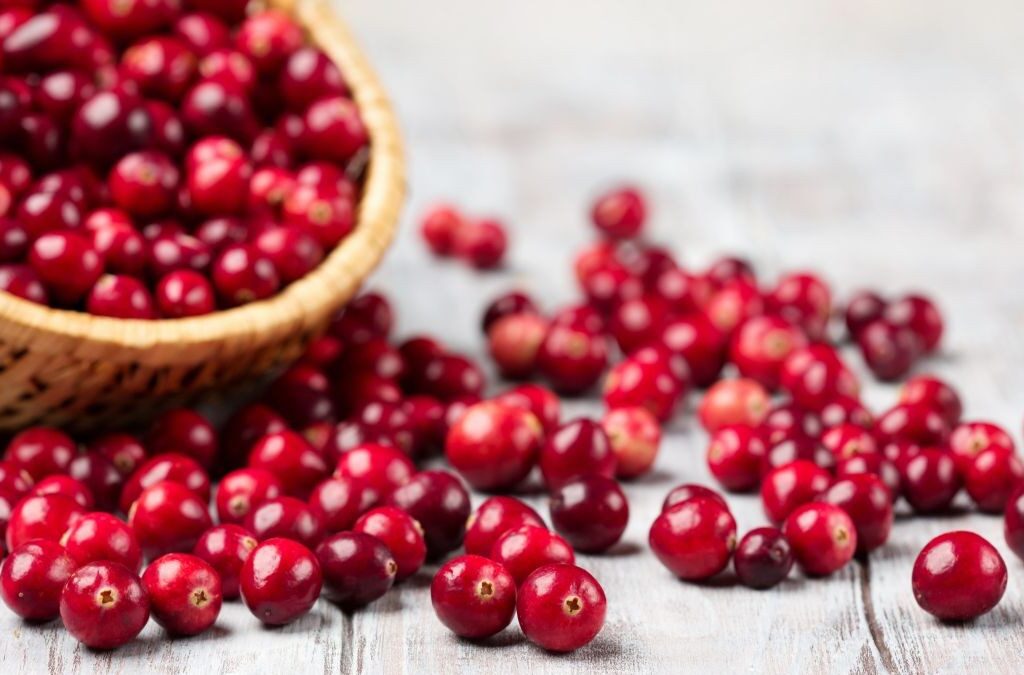
| Rank | Country | Annual Production (Metric Tons) | Global Share |
|---|---|---|---|
| United States | 375,000+ | ~60% | |
| Canada | 175,000 | ~28% | |
| Chile | 105,000 | ~10% | |
| Belarus | 12,000 | ~2% | |
| Latvia | 9,000 | ~1.5% |
How Are Cranberries Harvested?
The cranberry harvest is unique and visually iconic, especially in North America.
Wet Harvesting (85–90% of crops)
- Bogs are flooded with water.
- Specialized machines agitate the vines, dislodging the cranberries.
- The berries, which float due to internal air pockets, are corralled and collected.
- Ideal for processed products: juice, dried cranberries, sauces.
Dry Harvesting (10–15% of crops)
- Special machinery picks cranberries directly from the vine.
- Used primarily for fresh cranberry sales.
Where Do Processed Cranberries Come From?

Processed cranberry products — juices, dried berries, sauces, and extracts — are primarily supplied by:
- United States
- Canada
- Chile
These countries have the infrastructure for large-scale processing, packaging, and global distribution. American brands like Ocean Spray dominate the market, with significant contributions from Canadian and Chilean producers.
Growing Global Demand and Future Outlook
The global appetite for cranberries is expanding, thanks to:
- Health-conscious consumers seeking antioxidant-rich superfoods
- New product innovations (cranberry supplements, skin care, and functional beverages)
- Rising exports to Asian markets, especially China, Japan, and South Korea
Countries like Chile and Canada are investing in expanding cranberry farms and processing facilities to meet this growing demand.
Final Thoughts
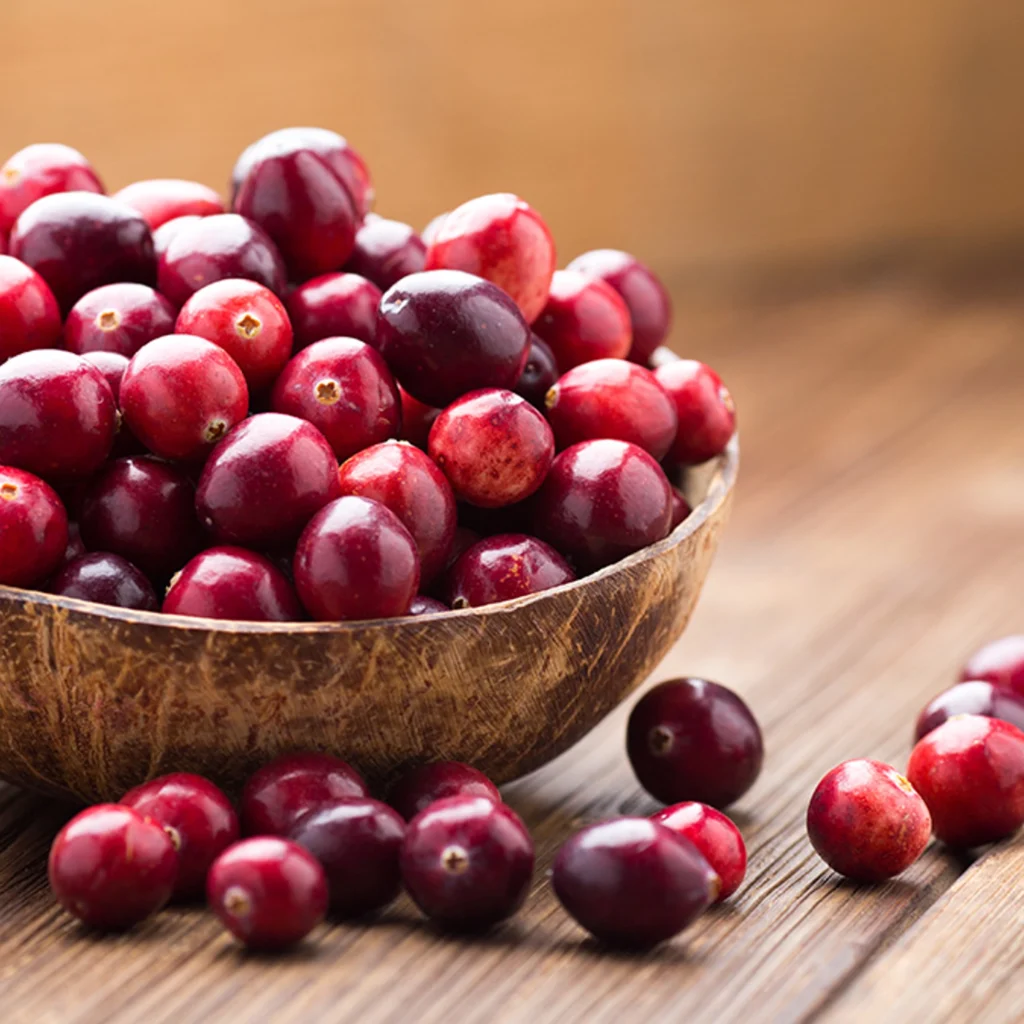
So, where does the world get most of its cranberries? The simple answer is North America. The United States, led by Wisconsin, supplies the majority of cranberries worldwide, with Canada and Chile playing crucial supporting roles. Together, these countries dominate both fresh and processed cranberry markets globally.
Whether it’s the cranberry sauce at your Thanksgiving table, the juice in your fridge, or the dried cranberries in your snack mix — there’s a good chance those berries made their journey from the vast bogs of Wisconsin, the peat marshes of British Columbia, or the lush fields of southern Chile.

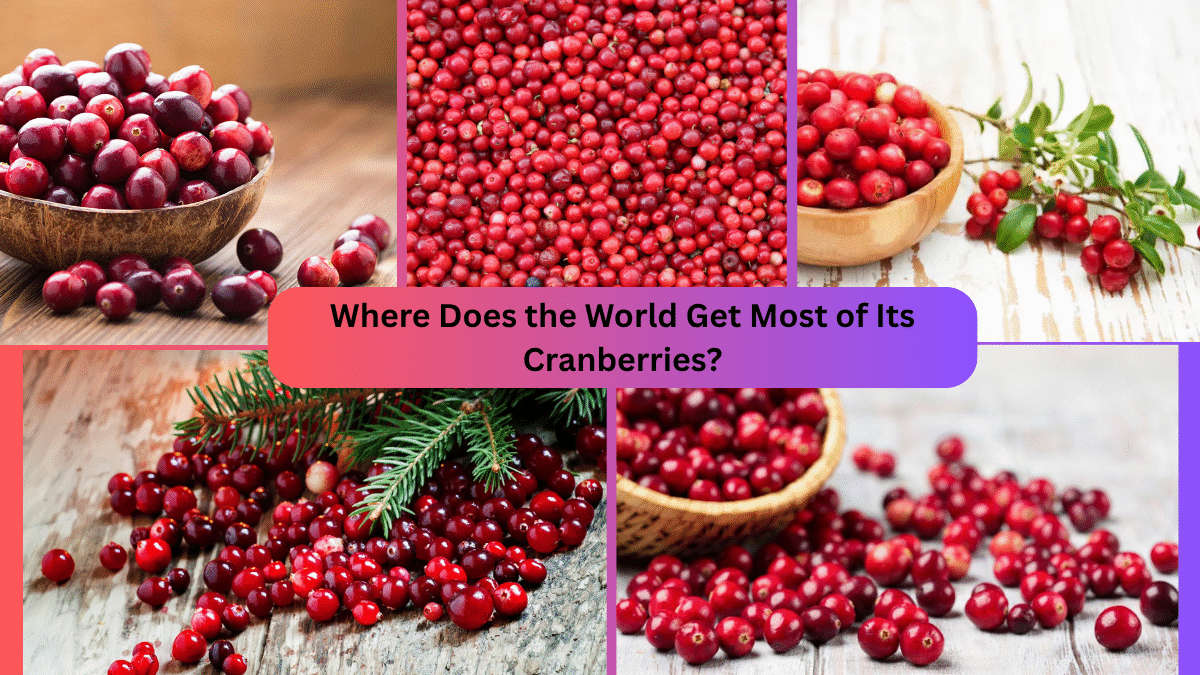



Leave A Comment